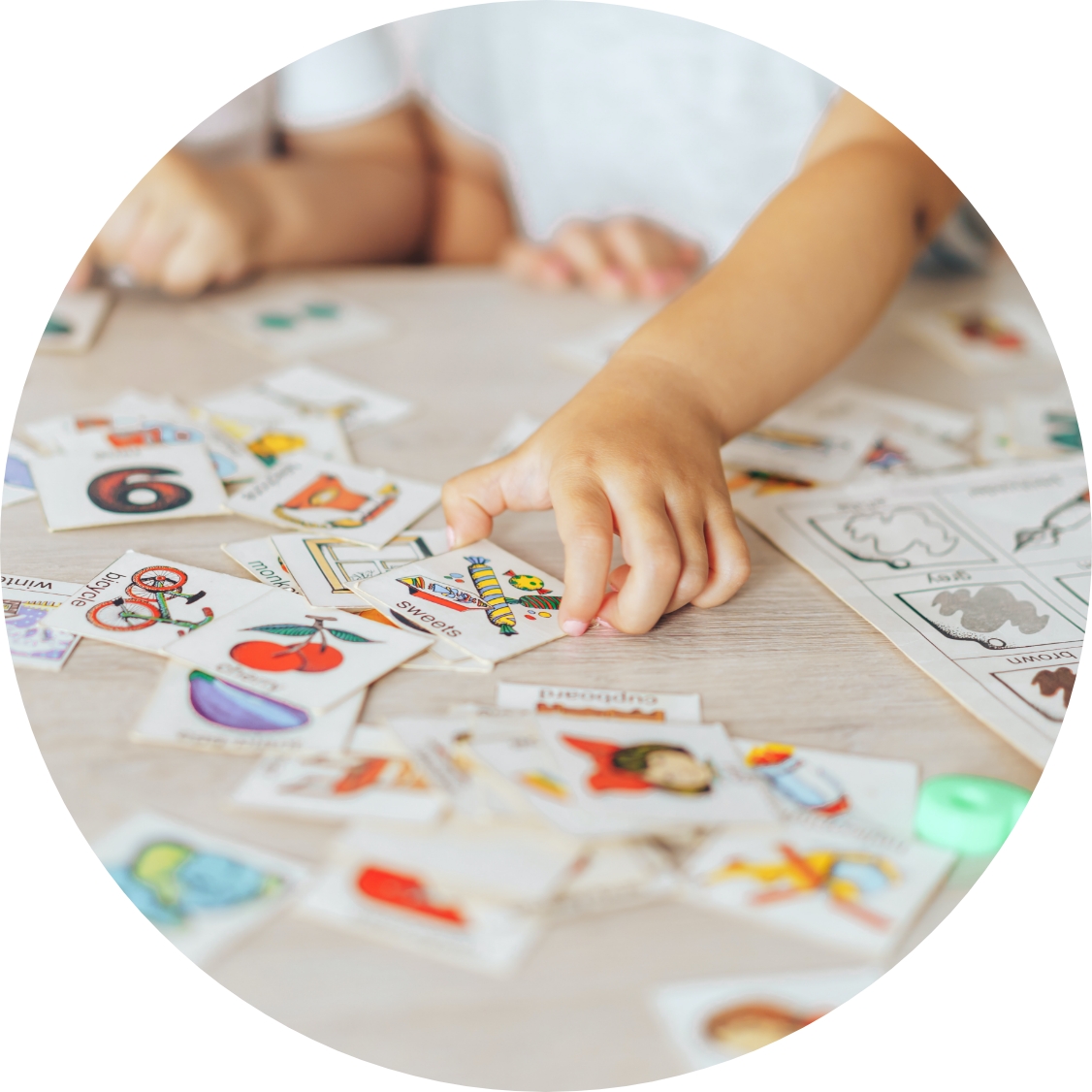Orton-Gillingham and the Science of Reading
Orton-Gillingham places a strong emphasis on systematically teaching phonics so that students understand the hows and whys behind reading.
What Is the Science of Reading?
The Science of Reading is a comprehensive body of research that encompasses years of scientific knowledge, spans across many languages, and shares the contributions of experts from relevant disciplines such as education, special education, literacy, psychology, neurology, and more. The Science of Reading has evolved from a wide span of research designs, experimental methods, participants, and statistical analyses. This conclusive, empirically supported research provides us with the information we need to gain a deeper understanding of how we learn to read, what skills are involved, how they work together, and which parts of the brain are responsible for reading development. We can identify an evidence-based best practice approach for teaching foundational literacy skills called Structured Literacy from this research.

Science of Reading expert, David Kilpatrick stated, “We teach reading in different ways; they learn to read proficiently in only one way.”
The Science of Reading has demystified how we learn to read and offers evidence backed by science to confirm that there is one right way to teach reading. The Science of Reading helps us understand the cognitive processes essential for reading proficiency.
It describes the development of reading skills for both typical and atypical readers.

Where Orton-Gillingham Fits
Teaching students to read is the work of educators. Being a proficient reader has an impact on a student’s entire education. While some educators are well-equipped to take on such a significant task, others wish they were better prepared and supported to make an impact that could change a child’s life.
The Science of Reading provides the information that educators need to secure phonics as the primary approach to reading and, in turn, prepares students to become fluent and independent readers for life. The Science of Reading proves that we do not learn to read differently. With explicit, systematic phonics instruction, every student can access the same knowledge and skills to become a good reader.
Orton-Gillingham places a strong emphasis on systematically teaching phonics so that students understand the how’s and why’s behind reading. Word recognition is best taught through a phonics-based approach, wherein students develop knowledge and skills about how the alphabet works to become expert decoders. Children can then apply the knowledge they learn to decode and encode new words.
See Orton-Gillingham as a Part of Structured Literacy Training in Action
Structured Literacy can ensure that students are equally exposed to important foundational literacy skills in a sequential, systematic, and cumulative way.
